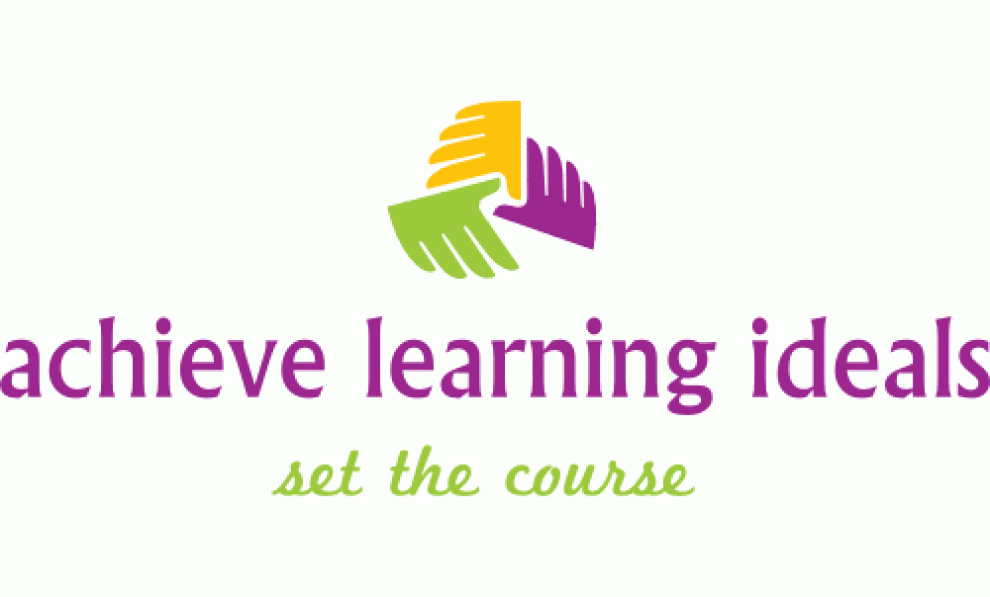Little Women and/ or/ versus/ Gone with the Wind
Two classics
Neither story only for “girls” though Gone with the Wind may have more “action and adventure” while Little Women tends to be about domestic events both stories give different insights into the period of time known as “the Civil War”- American. And boys will read and get interested in the history of the events, for both stories offer a reader a stylized “first hand” look at how war affects the personal. Never “just political” -War invades and permeates the two stories, and with one set in the North East (Concord) while the other gives readers a Southern perspective, what both do share is a female perspective on events. “Rosie the Riveter” may adorn posters and suggest that women played a part in going to work and taking over factory jobs in the 1900s((often volunteer positions during WW11)- what Little Women shares is how minus the male in the household, the March family girls HAVE to earn a living and doing so is neither “ordinary” nor at times “pleasant”. Heroine Jo has a patchworked dress and only one glove to wear- Scarlett of Gone with the Wind fame manages an outfit made from former curtains- yards of extravagant material reworked, and hands that display her manual labour in the fields- bereft of gloves, they show blisters.
Close reading provides further details into what each author saw as values related to the times, however Ms. Alcott experienced the Civil war, while Margaret Mitchell recreated it. This in itself is a question for a class to consider- the personal first hand knowledge of events versus research to highlight and backdrop a love story. And some may even argue that Gone with the Wind is not a classic, however as a tale that grabs at one and simultaneously presents a reader with characters who later become almost archetypes for a period, Gone with the Wind deserves a review. The text also presents strong images of plantation life and automatically lends itself to discussion of contrasting tales, tales written by former slaves, and more recent authors, such as Frederick Douglass and Harriet Tubman and Langston Hughes and Maya Angelou rounded off with material from:
http://www.besthistorysites.net/index.php/american-history/1900/civil-rights
Writing this from my current perch in Toronto, Canada, and hoping that it won’t be seen as only for those in the United States- we live in a global time, and are bombarded by images of what ever is taking place elsewhere. Because of this it can be difficult for students to comprehend facts of history if presented as bare facts; stories that weave the caring of people for one another make real the inter-relatedness of events- even in a pre- internet, pre -modern- technology time period. Louisa May Alcott knew Thomas Jefferson and Henry David Thoreau two icons of American thinking and persons who ought to be discussed in conjunction with a class talk featuring American History, civil rights, Black History Month and today’s consciousness.
And if time permits – share the movies, but please- have a few departments open up the time to show a movie properly- not in segments and pieces but as a sweeping event- when a holistic approach is taken to education, when the history department and the language arts department, and the science (imagine the topics for a discussion on technology/weapons, agriculture/communication per time period) department and today’s IT department collaborate, the message will become clear; the school cares.
( going to call this a”soap box” pitch and will be adding to the series )
